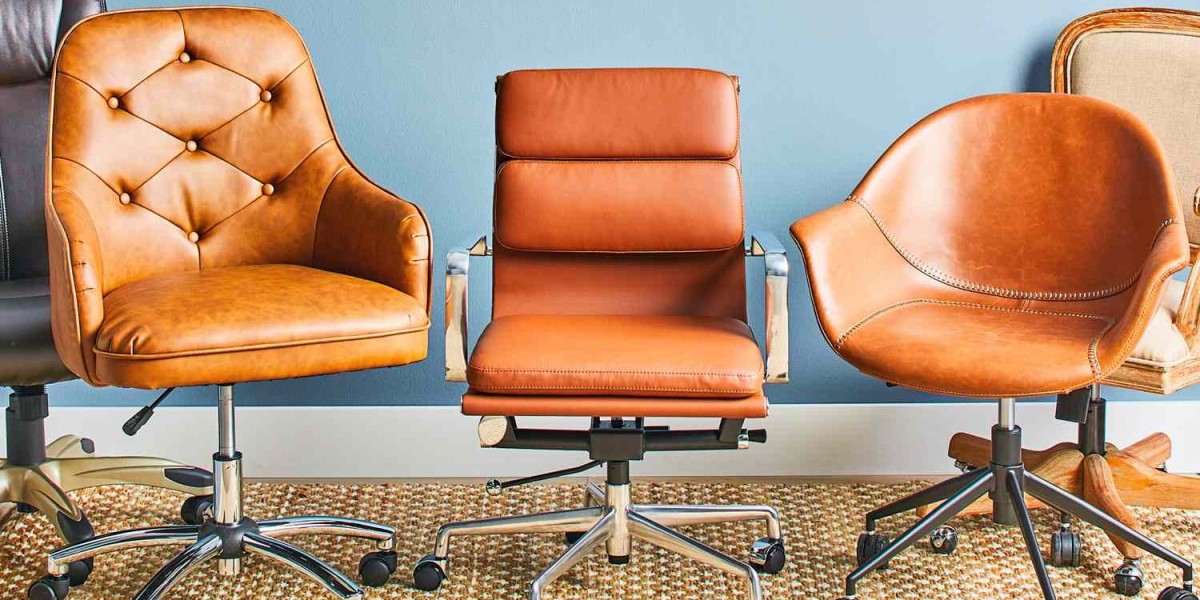Selecting the right office furniture is crucial for creating a productive and comfortable work environment tailored to various workstyles. Different employees have unique needs based on their roles, tasks, and personal preferences. This guide will help you navigate the process of choosing office furniture that aligns with different workstyles, ensuring comfort, efficiency, and collaboration.
1. Understanding Different Workstyles
a. Collaborative Workstyle
- Characteristics: Employees frequently engage in teamwork, brainstorming sessions, and discussions.
- Furniture Needs:
- Collaborative Tables: Large tables or modular setups that accommodate group work.
- Flexible Seating: Chairs that can be easily moved or rearranged for different team sizes.
- Whiteboards and Writable Surfaces: For brainstorming and idea generation.
b. Focused Workstyle
- Characteristics: Employees require quiet spaces for deep work, concentration, or critical thinking.
- Furniture Needs:
- Ergonomic Desks and Chairs: Adjustable options that promote healthy posture and comfort.
- Privacy Panels or Cubicles: To minimize distractions and provide a quiet environment.
- Task Lighting: Adjustable lamps to provide adequate lighting without causing glare.
c. Dynamic Workstyle
- Characteristics: Employees frequently change tasks, move around, and require flexibility in their work environment.
- Furniture Needs:
- Sit-Stand Desks: Allow users to alternate between sitting and standing throughout the day.
- Mobile Furniture: Rolling carts and movable partitions for easy reconfiguration.
- Lounge Seating: Informal seating arrangements for quick meetings or brainstorming sessions.
d. Remote Workstyle
- Characteristics: Employees work from home or outside the traditional office environment.
- Furniture Needs:
- Compact Desks: Space-saving desks that fit into various home layouts.
- Ergonomic Chairs: Supportive chairs that promote comfort during long hours of remote work.
- Storage Solutions: Organizational tools like file cabinets or shelving units to keep home offices tidy.
2. Assessing Space and Layout
a. Understanding the Office Layout
- Open Plan: Requires flexible, movable furniture to encourage collaboration while also providing quiet zones.
- Cubicles: Furniture should enhance privacy while allowing for personalization.
- Hybrid Spaces: Incorporate a mix of collaborative and focused work areas.
b. Maximizing Space
- Multi-Functional Furniture: Use desks that double as storage units or seating that can accommodate various purposes.
- Vertical Storage: Wall-mounted shelves and cabinets help utilize vertical space effectively.
3. Choosing the Right Materials and Aesthetics
a. Material Considerations
- Durability: Choose furniture made from sturdy materials that can withstand daily wear and tear.
- Maintenance: Opt for materials that are easy to clean and maintain, especially in high-traffic areas.
b. Aesthetic Appeal
- Brand Identity: Select furniture that aligns with the companys branding and culture.
- Color and Style: Choose colors that promote a positive atmosphere and enhance employee well-being.
4. Incorporating Technology
a. Integration of Tech Features
- Cable Management: Desks with built-in cable management systems keep cords organized and out of sight.
- Charging Stations: Incorporate charging ports or wireless charging options in desks for easy access.
b. Supporting Remote Technology
- Video Conferencing Furniture: Choose desks and chairs that accommodate technology for remote meetings.
- Adjustable Conference Tables: Tables that can be reconfigured for different group sizes and needs.
5. Prioritizing Employee Comfort and Well-Being
a. Ergonomics
- Adjustable Features: Select chairs and desks that allow for adjustments to suit individual preferences.
- Supportive Design: Ensure that furniture provides adequate lumbar support and promotes healthy posture.
b. Well-Being Considerations
- Biophilic Design: Incorporate natural elements, such as plants or natural materials, to enhance employee mood and productivity.
- Relaxation Areas: Create dedicated spaces with comfortable furniture for breaks and relaxation to help recharge employees.
6. Involving Employees in the Decision-Making Process
a. Gathering Feedback
- Surveys and Discussions: Engage employees in conversations about their preferences and needs regarding office furniture.
- Trial Periods: Consider allowing employees to test different furniture options before making a final decision.
b. Customization Options
- Personalization: Offer customizable options that allow employees to choose colors, materials, and configurations that suit their style and needs.
Conclusion
Choosing the right office furniture for different workstyles is essential for fostering productivity, comfort, and collaboration. By understanding the unique needs of employees, assessing the office layout, prioritizing comfort and technology integration, and involving employees in the decision-making process, organizations can create an environment that enhances work efficiency and employee satisfaction. Investing in suitable office furniture not only benefits individual workers but also contributes to the overall success of the organization.







